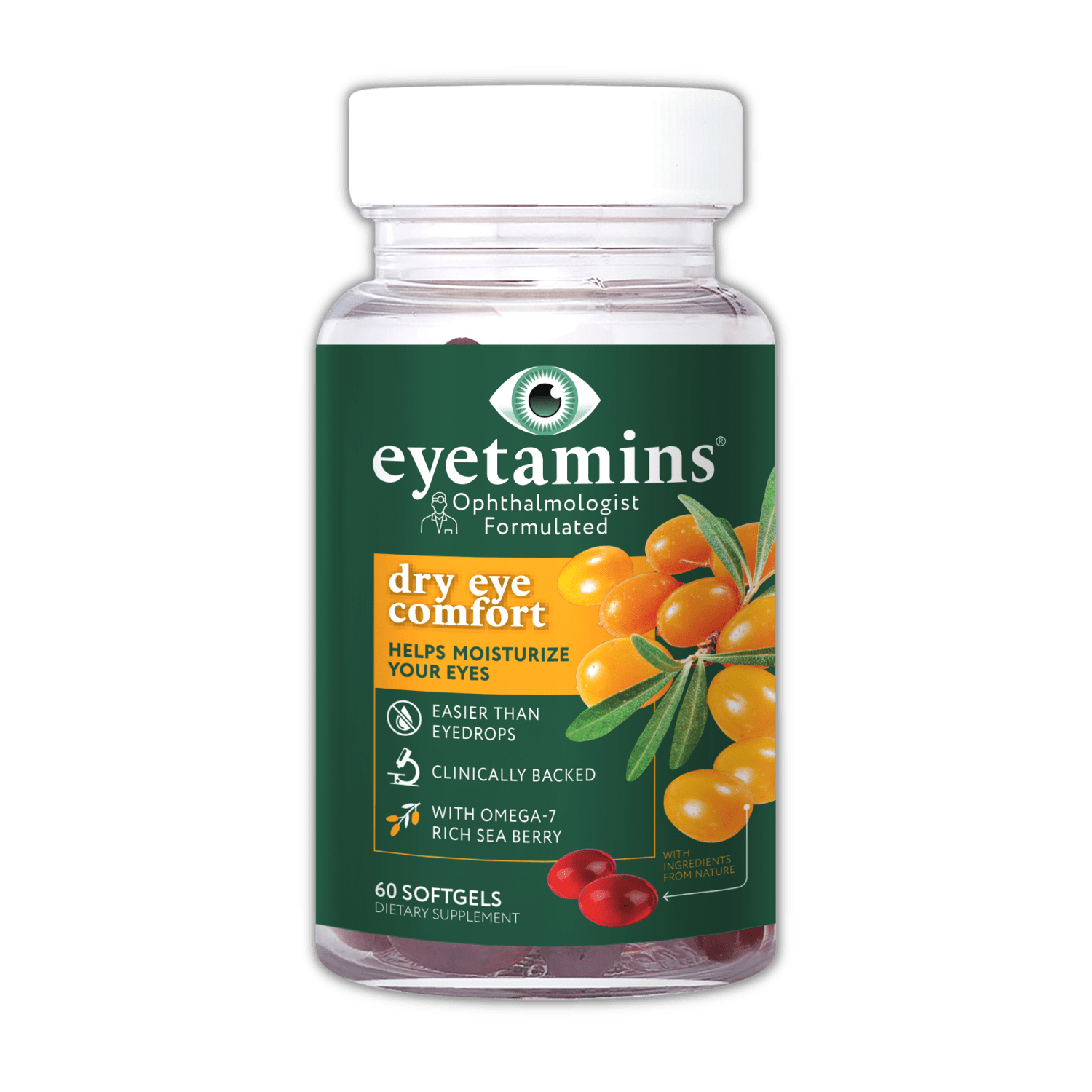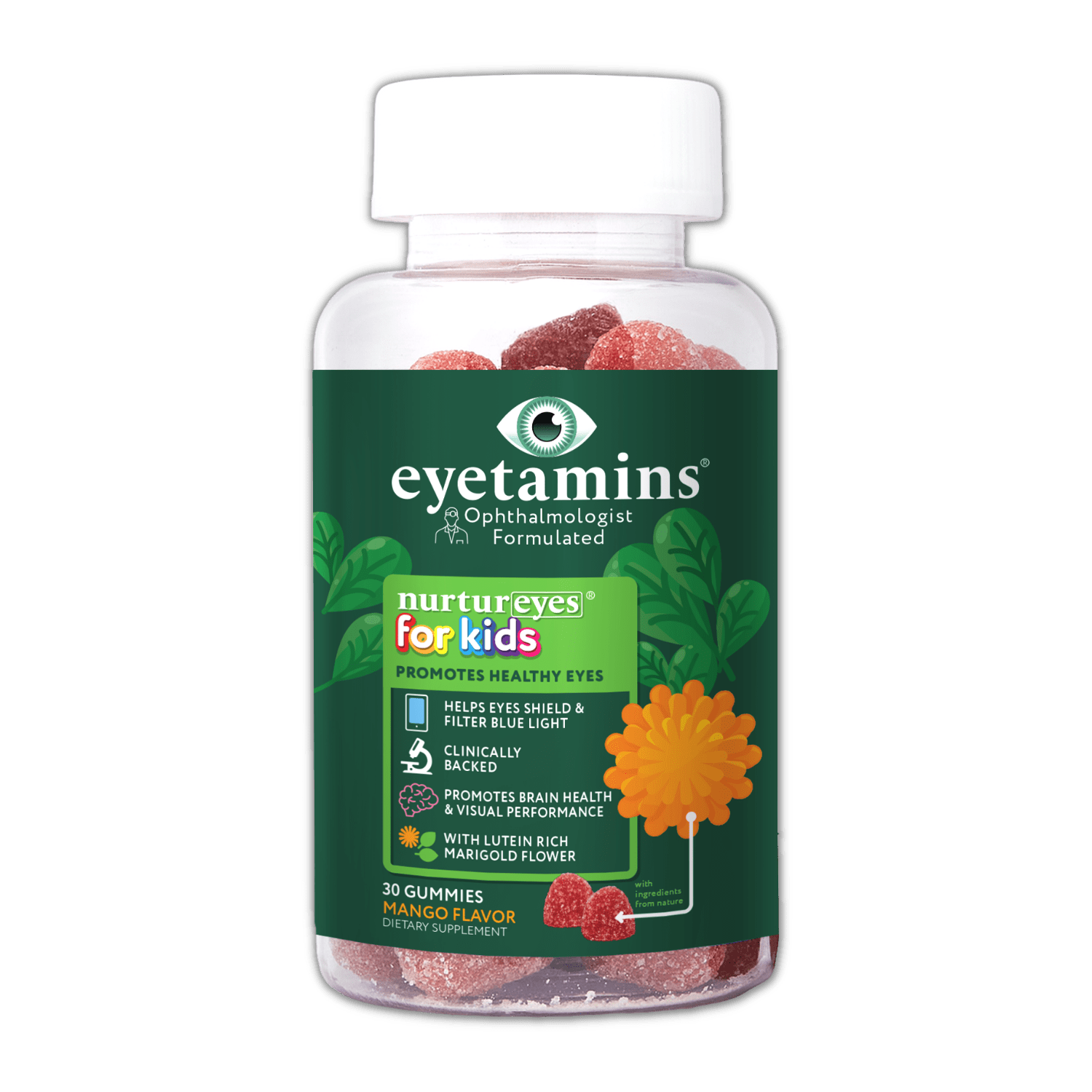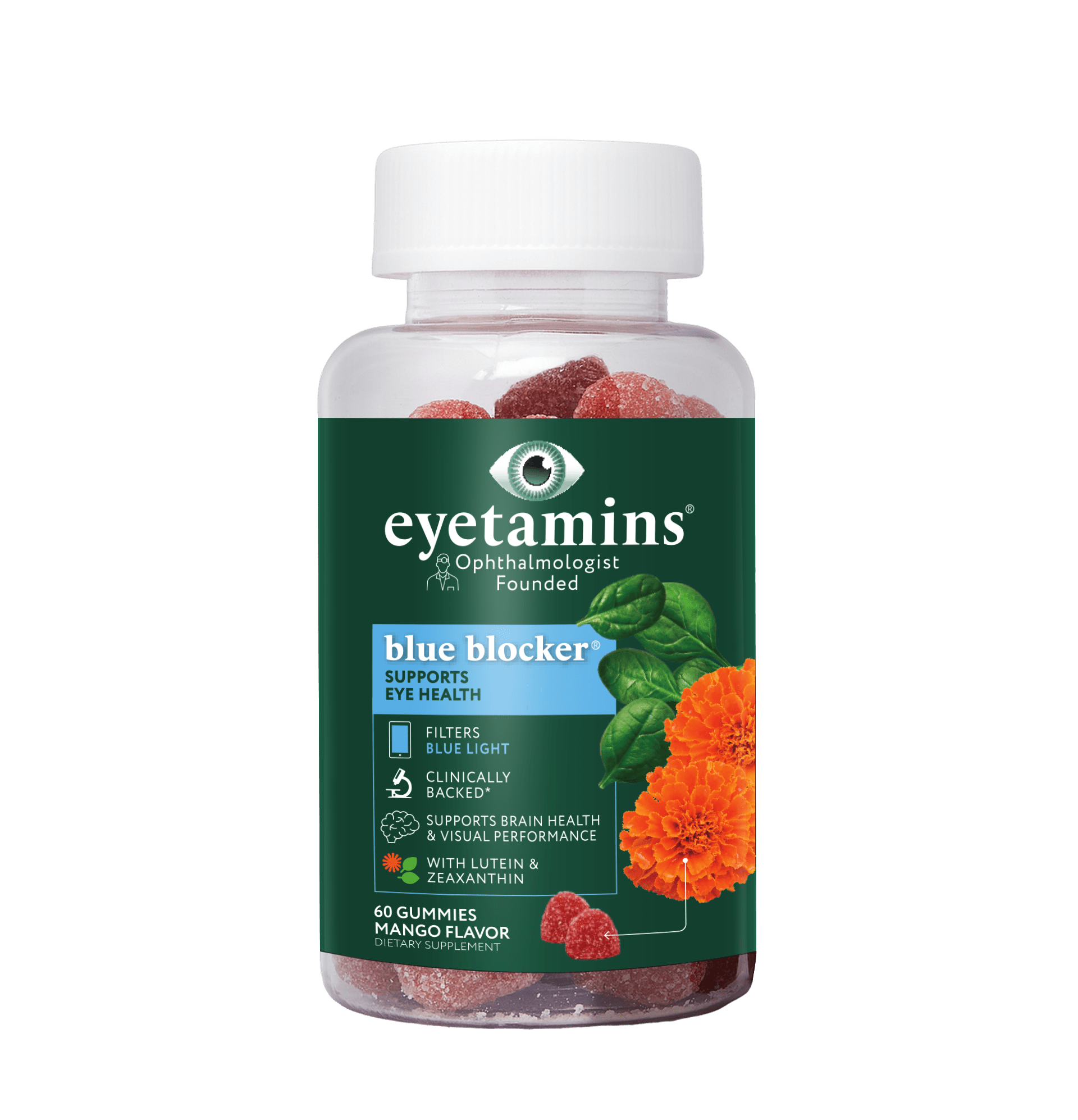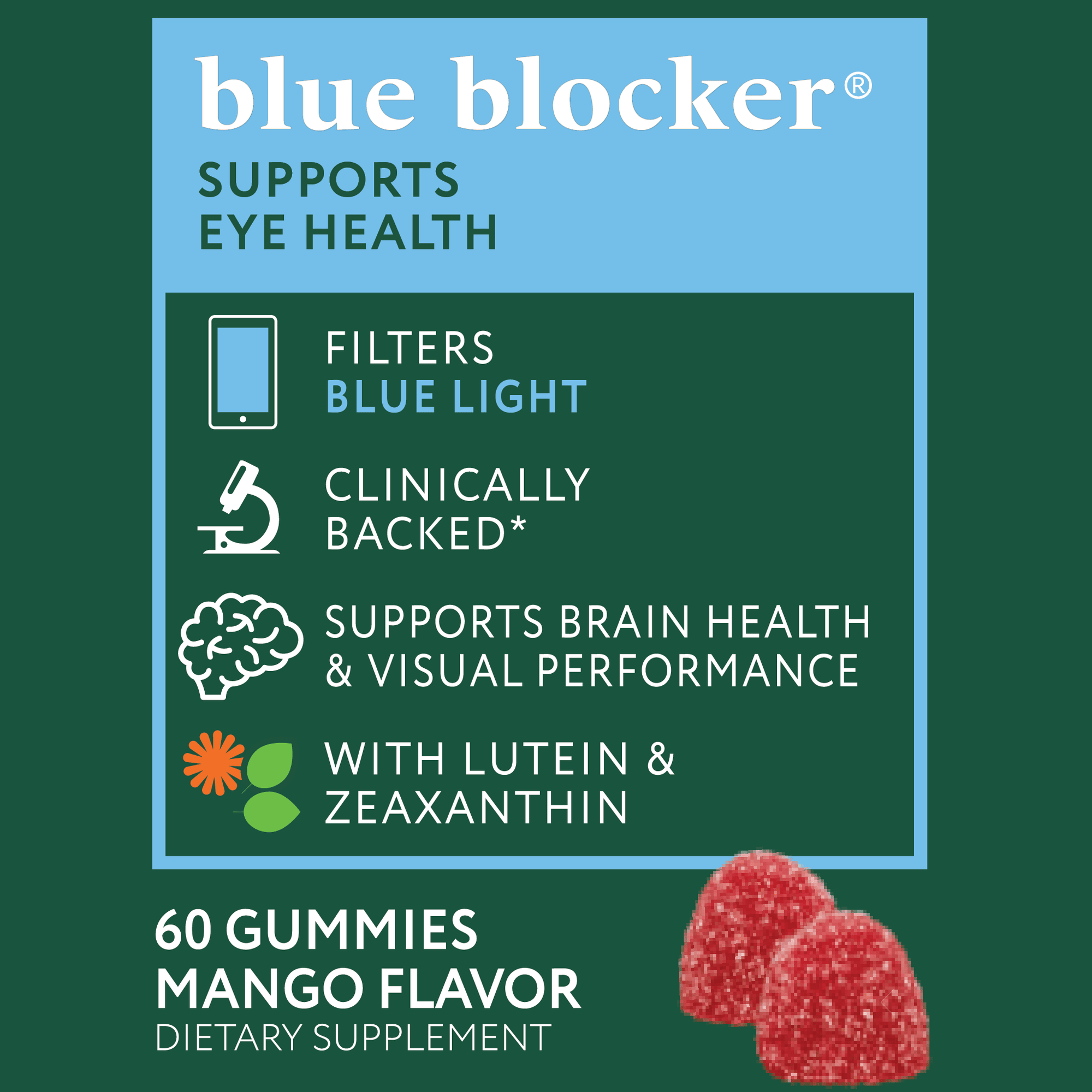· By Dr. Kaushal M. Kulkarni, M.D.
Eye Strain: Symptoms, Causes, and Relief
Do you feel like your eyes are always tired, no matter how much sleep you get? You may be suffering from eye strain. Eye strain is a condition that can cause a variety of symptoms, including fatigue, headache, and blurred vision.
In this article, we will discuss the causes of eye strain, the symptoms of eye strain, and how to relieve eye strain.

What Causes Eye Strain?
Eye strain is a condition that can be caused by a variety of factors, including a number of very common daily activities.
Too Much Screen Time
Working on a computer all day can lead to a number of health problems, including eye strain. Indeed, anyone who spends a significant amount of time looking at screens–whether it’s a computer, smartphone, or television–is at risk for developing digital eye strain.
When you stare at a screen for long periods of time, your eyes are working harder than they would if you were reading a book or looking out a window. This can cause the muscles in your eyes to become tired and sore.
In addition, the bright light from the screen can cause you to blink less often, which can lead to dry eyes. If you experience any of these symptoms, it's important to take a break from the computer and give your eyes a chance to rest.
You can also try adjusting the brightness of your screen or using special glasses that filter out harmful blue light. By taking these precautions, you can help reduce your risk of eye strain.
Bright Lights and Glare
Many people experience eye strain when exposed to bright light, such as sunlight, bright overhead lighting, or artificial light from a computer screen. The brightness can cause the pupil to contract and the muscles in our eyes to tense up, which in turn can lead to headaches, fatigue, and difficulty focusing. In some cases, exposure to bright light can even damage the retina and cause temporary vision loss.
While the effects of eye strain are usually not serious, they can be very discomforting. To reduce the risk of eye strain, it is important to take breaks often when working in brightly lit areas, and to wear wide-brimmed hats and sunglasses or other protective eyewear when outdoors.
Extended Focus
Focusing on something for a long period of time can also lead to eye strain. This is especially true if you are driving long distances, studying without breaks, or reading without breaks.
To avoid eye strain caused by extended focus, it is important to take frequent breaks. If you are driving, stop every few hours to rest your eyes. If you are studying or reading, take a break every 20 minutes or so to walk around and blink your eyes. By giving your eyes periodic breaks, you can help to reduce the risk of eye strain.
What Are The Symptoms of Eye Strain?
The symptoms of eye strain can vary, though the most common indicators include:
- blurred or double vision
- headaches
- fatigue
- difficulty focusing
While eye strain is not considered a serious medical condition, it is uncomfortable and can make it difficult to work or enjoy leisure activities.
The Cure For Eye Strain Symptoms
There is no sure-fire cure for eye strain, but there are some simple steps that can help to lessen the symptoms.
Take Regular Breaks
First, make sure that you take regular breaks when working on a digital device for long periods of time. Every 20 minutes or so, look away from your screen and focus on something in the distance for at least 20 seconds. This will help to relax your eye muscles and reduce strain.
If you wear contact lenses, switch to eyeglasses temporarily as another way to rest your eyes and maintain your eye health.
Gaze At Something Distant
Specifically, gaze at something in the distance for at least 20 seconds. Research has shown that looking at something in nature can help to reduce stress levels and improve focus. So, next time your eyes are feeling strained, take a break and enjoy the view outside. You may just find that your vision is clearer and your mind is more relaxed.
Adjust The Lighting
Another tip is to adjust the lighting in your work or living space. Too much brightness can contribute to eye strain, so try to dim the lights when possible. This tip applies to both overhead lighting in your room, as well as the brightness level of your computer, phone, or tablet.
Support Your Vision With Vitamins
Healthy eyes will best be able to handle things like bright lighting, extended focus, and workdays spent in front of the screen. To keep your eyes in tip-top shape, it is important to provide them with lutein, zeaxanthin, Vitamin C, and other necessary nutrients. One simple way to do this is to incorporate an eye-specific vitamin into your daily routine. These vitamins have been specially formulated to include everything your eyes need to work at their very best.
Apply A Cold Compress
One simple and effective method for reducing the symptoms of eye strain is to apply a cold compress to the eyes for 10-15 minutes. This can help to reduce inflammation in the eyes and relieve any pain.
Soak Your Eyes in Warm Water
Alternatively, try soaking your eyes in warm water for five to ten minutes. Let the warm shower stream over your eyes, or use a warm compress. Doing so will improve circulation in your eyes and reduce fatigue.
Massage Your Temples
One of the worst symptoms of eye strain is a headache. If your eye strain is causing a tension headache, try massaging your temples and forehead with your fingers to help circulation and to relieve pain.
Hydrate Your Eyes
Be sure to blink regularly and take frequent breaks when working on the computer or reading. If you still feel eye dryness, use some over-the-counter eye drops or artificial tears to hydrate your eyes to keep them working at their best.
Employ Proper Ergonomics
Believe it or not, poor posture is another common cause of eye strain. Make sure that you’re using proper ergonomics when working at a computer. The top of your screen should be at or slightly below eye level, and your chair should be close enough to the desk that you don’t have to strain your neck to see the screen.
By following these simple tips, you can help to reduce the symptoms of eye strain.
People Also Ask
1. What do strained eyes feel like?
Strained eyes can feel like a number of different things. They may feel achy, itchy, and watery. The skin around the eyes may feel tight and there may be puffiness. In some cases, strained eyes can cause headaches and even migraines.
2. How long does it take for eye strain to go away?
While eye strain is not a permanent condition, it can take some time for the symptoms to go away. In most cases, eye strain will improve within a few days of taking a break from the activity that caused it.
However, some people may experience symptoms for weeks or even months. If you are concerned about your symptoms, you should talk to your healthcare provider. They can help to determine whether you have eye strain or something else, and offer advice on treatment options.
3. How do you fix eye strain?
While the symptoms of eye strain can be annoying, they usually aren't serious and will go away once you rest your eyes. However, there are some things you can do to help reduce eye strain in the meantime.
First, make sure that your computer screen is at the correct height and distance from your eyes. You should also take regular breaks to look away from the screen and focus on something else for a few minutes. And finally, try to blink more often to keep your eyes lubricated and prevent them from drying out.
4. What home remedy is good for eye strain?
Home remedies for eye strain can vary depending on the person and the severity of the issue. However, some common treatments include using warm or cool compresses, getting plenty of sleep, and adjusting the lighting in your home. If you work at a computer all day, it's also important to take breaks every 20 minutes or so to let your eyes rest. In addition, try to avoid staring at screens in the dark as this can make eye strain worse.
5. How do I know if I have a headache from eye strain?
There are a few telltale signs that your headache is due to eye strain. First, you may notice that your headache gets worse when you focus on close tasks such as reading or using the computer.
Second, your headache may be accompanied by symptoms such as blurred vision, dry eyes, or neck pain. If you suspect that your headache is caused by eye strain, the best solution is to take a break from screens and give your eyes a chance to rest.
Headaches caused by eye strain usually go away on their own within a day or two. However, if your headaches persist or seem to be getting worse, it’s very important to see a doctor to rule out other potential causes.
Conclusion
Eye strain is a condition that can be caused by a number of factors, including extended exposure to bright light, glare from screens, and poor lighting conditions. Common symptoms of eye strain include headaches, fatigue, blurred vision, and difficulty focusing.
While there are a number of ways to relieve eye strain, the best way to avoid it is to take breaks often while working or using screens and to make sure that the lighting in your environment is not too bright or too dim.
If you do experience symptoms of eye strain, try using some simple home remedies, such as applying a cool compress to your eyes or massaging your temples. If these methods don't provide relief, consult an ophthalmologist for further treatment.












